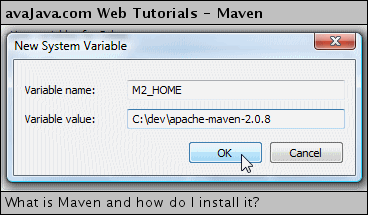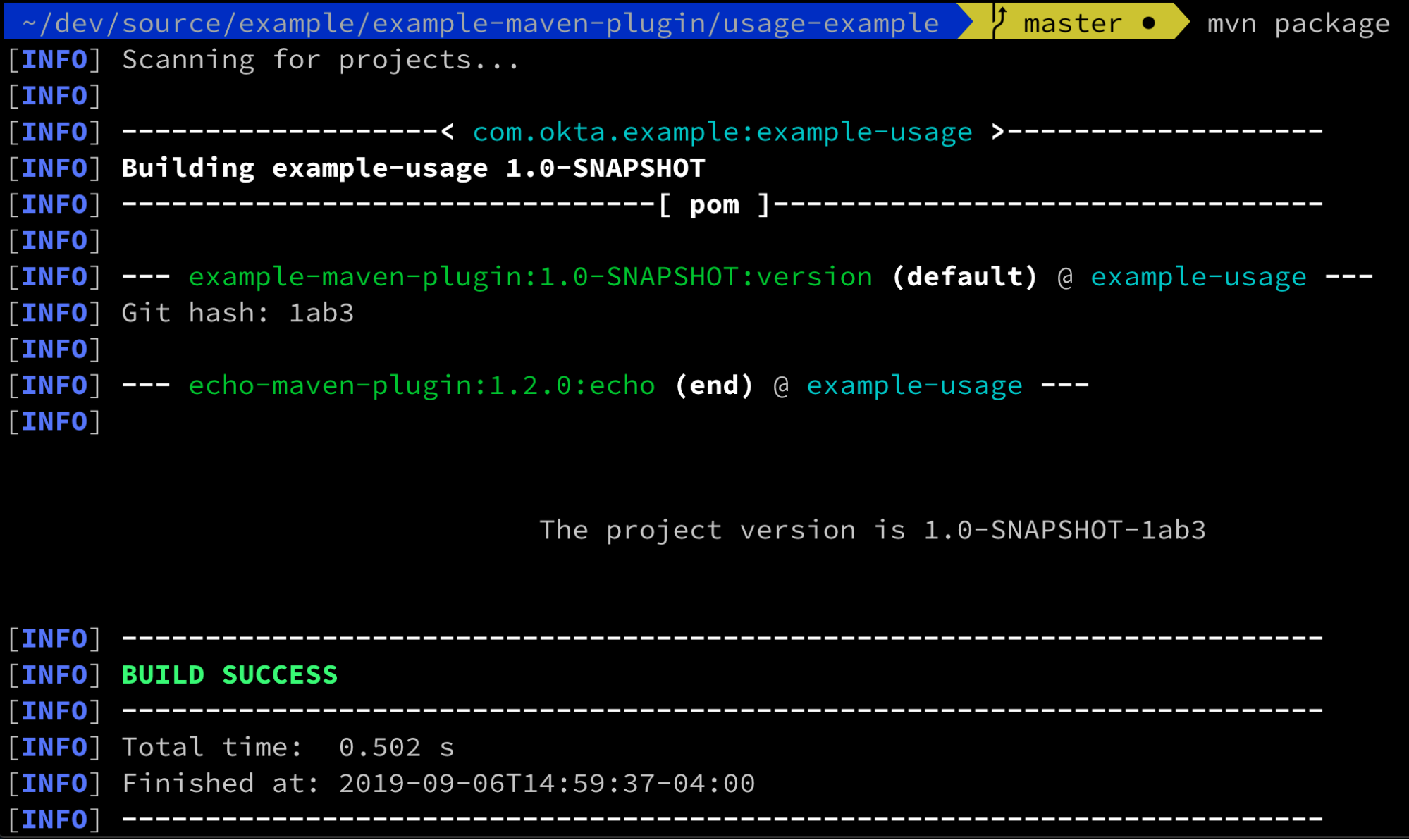


For example, in the diagram below, the package has a dependency on the package, so the timeline package is an “indirect ”dependency. The package developer adds these dependencies to the package’s manifest during development. These are called “indirect”, or transitive, dependencies. Packages can also require other packages in order to work. Dependencies that appear in your project manifest are called “direct” dependencies. This is a declaration that you need a specific version of a particular package in order for the project to work. The Package Manager uses it to configure many things, including a list of dependencies for that project, as well as any package repository to query for packages. This file must be available in the /Packages directory. When you select a package version to install through the Package Manager window, you are adding a dependency See in Glossary to your project manifest Each Unity project has a project manifest, which acts as an entry point for the Package Manager. However, while the Package Manager installs packages from these sources seamlessly, it first has to make a series of calculations to decide which version to install, and which other packages and versions to install to support it. When you work in the Package Manager window, you can install packages from several sources (a registry, a local folder or tarball, and a Git URL).


 0 kommentar(er)
0 kommentar(er)
